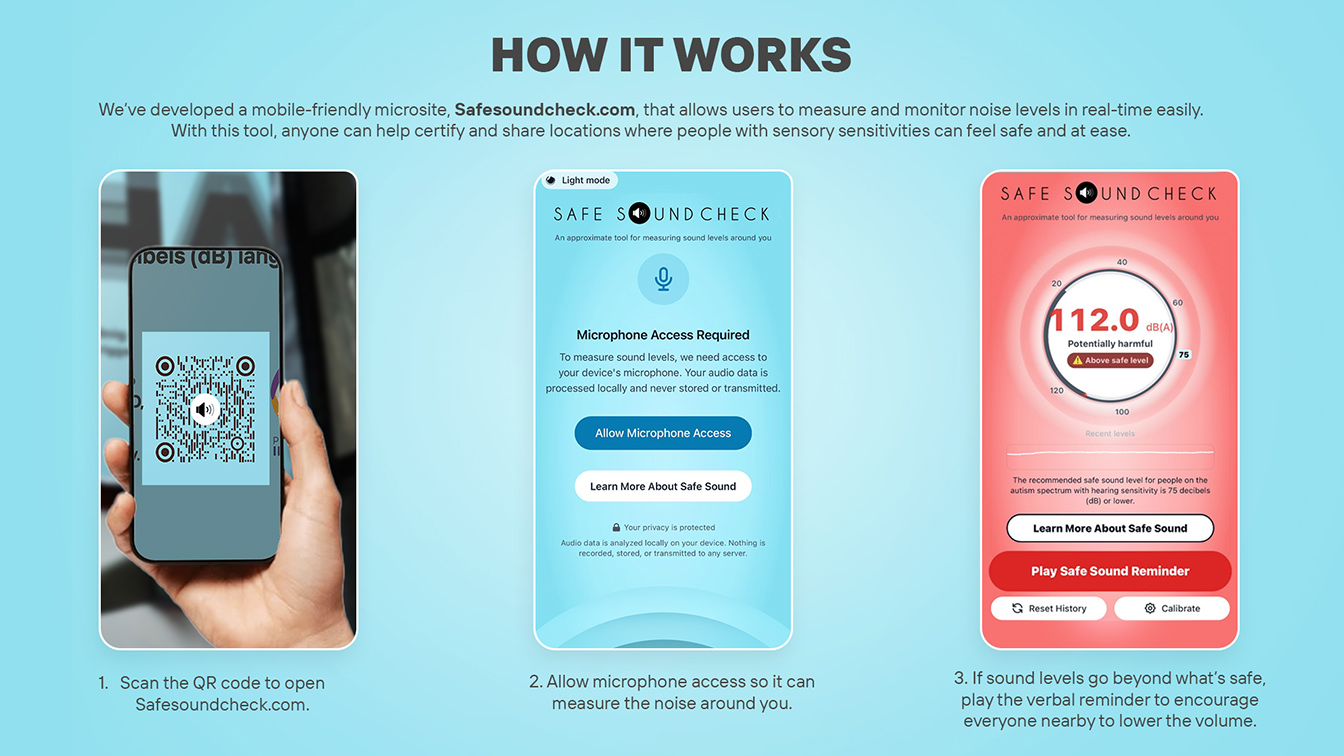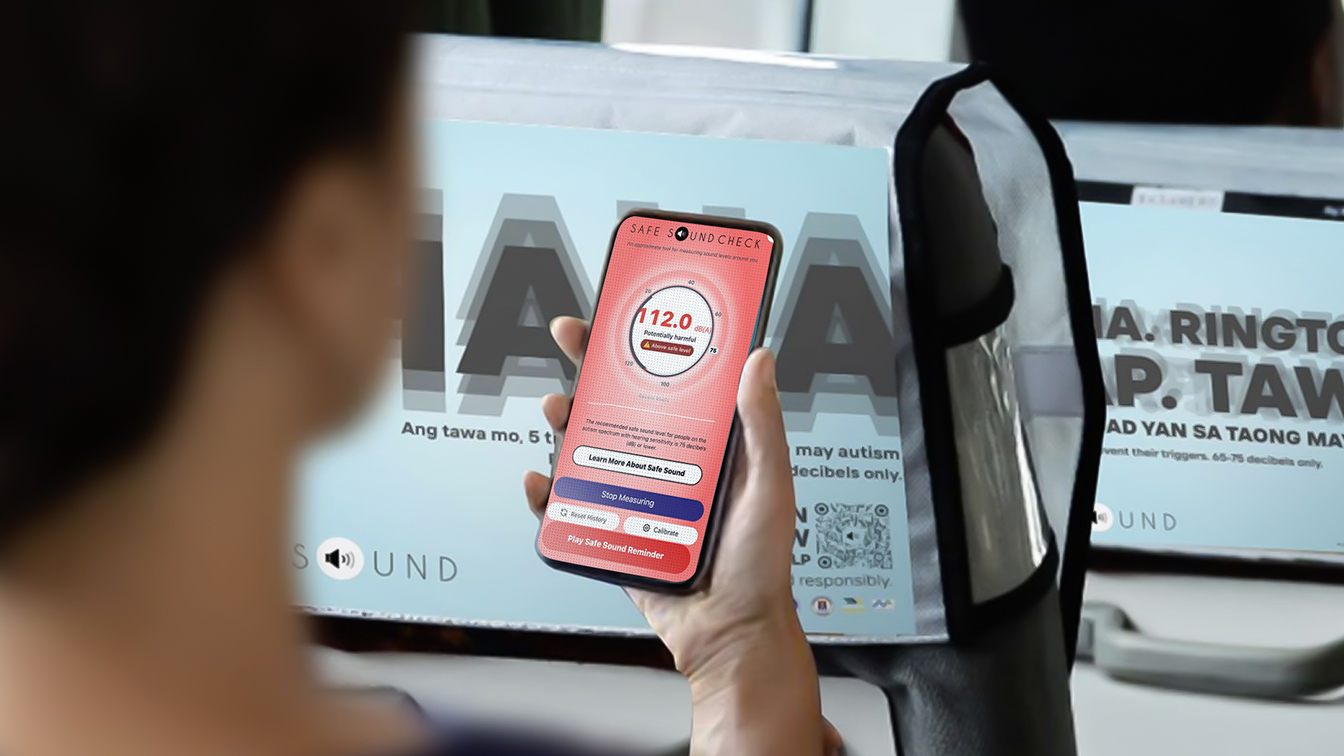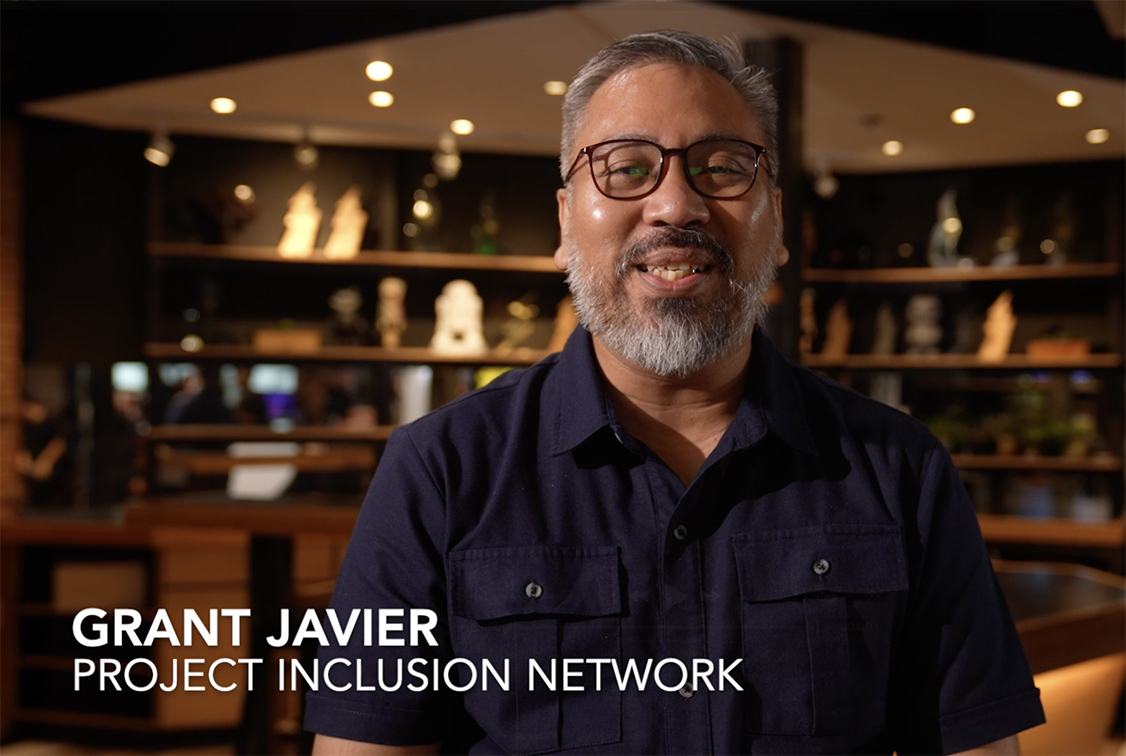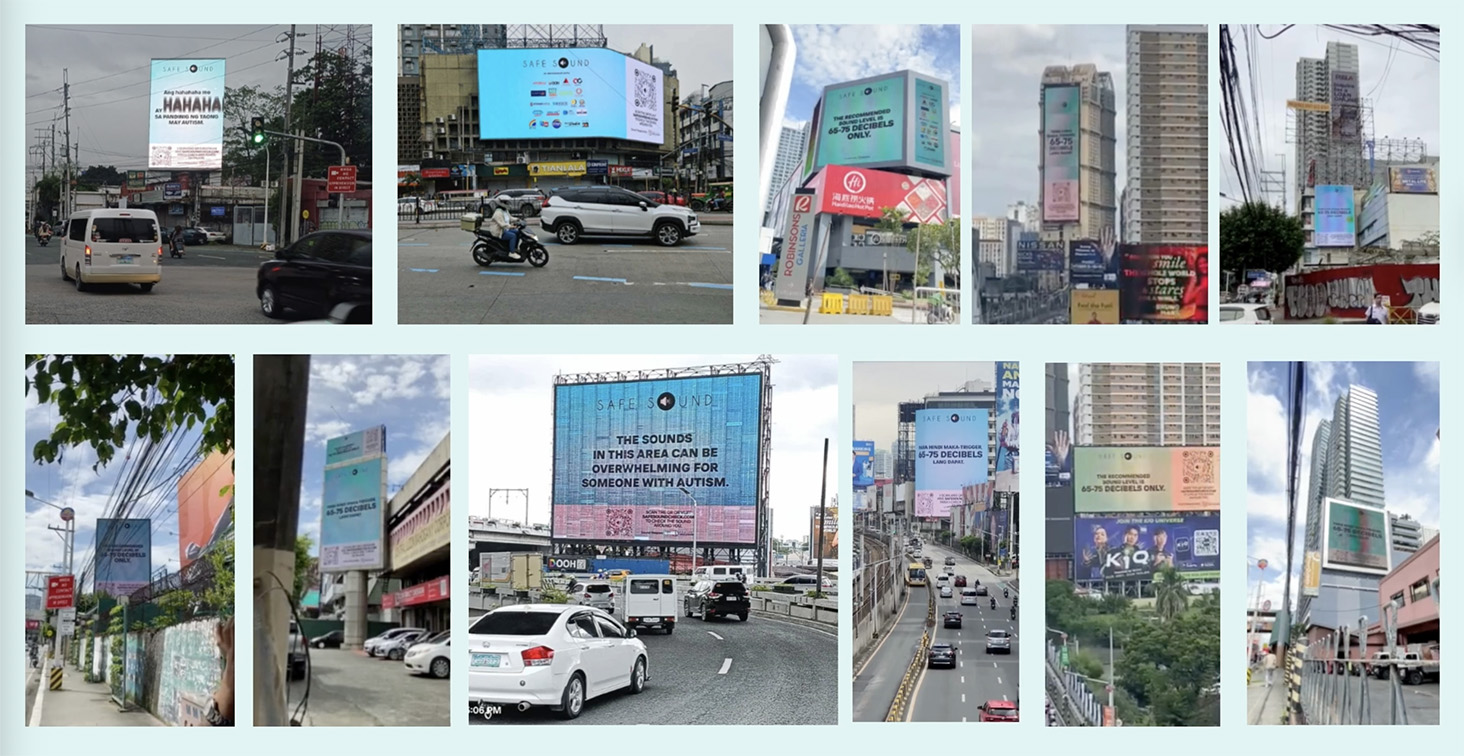Safe Sound Check debuts to support sensory accessibility during World Sensory Month via Project Inclusion Network, Jayme HQ + partners

To mark World Sensory Month this October, Project Inclusion Network (PIN), Jayme HQ, and their partners launched the Safe Sound Check, a digital tool designed to make everyday spaces less overwhelming for people with autism and sound sensitivities.
While most people can tune out background noise, those on the autism spectrum often experience sound as loud, simultaneous, and inescapable. This becomes especially challenging in public places like buses, classrooms, restaurants, malls, and transport terminals—spaces rarely designed with sensory accessibility in mind.
The Safe Sound Check was developed with audiologists, sound designers, neurodiversity advocates, and members of the neurodivergent community. Through safesoundcheck.com, anyone can measure the noise around them, and if it exceeds safe thresholds, play a gentle audio reminder asking others to lower the volume. The platform also contains learning materials about autism and sound sensitivity. The project even tapped the neurodivergent creatives of The Misfits Camp to conduct research, help design and test the sound levels themselves, ensuring the experience reflected real sensory thresholds.
Sound designer Tats Paman underscored why monitoring volume is necessary: “The right sound level is only 65 to 75 decibels. That range is non-triggering for people with autism—This is not telling everyone to be super quiet, just the right level that is honestly good for all of us.”

Audiologist Diego Rozul explained why sound can trigger distress: “When we listen to noise in a contained area—like a bus—we can filter what we want to focus on. But for people with autism, the noises are loud, everything all at once. That’s why it overwhelms and triggers.”
Project Inclusion Network Executive Director Grant Javier pointed to a recent real-life incident that demonstrates the stakes: “Last July, a person with autism was triggered by the loud audio from another passenger’s cellphone while riding a bus. According to reports, he reacted by biting the passenger, and the people on the bus attacked and beat him up. It’s a painful reminder that many Filipinos are unaware of neurodiversity, and how loud sounds can be overwhelming—even physically painful—for people on the spectrum.
“Commuting is often the first step for neurodivergent individuals to access employment. If we don’t make these spaces safe for them, we are not helping. I’ve traveled around the world, and people have an inherent respect for the sounds they make in public. We need that same awareness here.”

Sharing his own commuting experience, Juan Alfonzo “Japonz” Dacumos, a summa cum laude Psychology graduate from De La Salle University (DLSU) who is openly autistic, said “Commuting is very difficult when you have autism because every part of the journey exposes you to potentially dangerous sound levels. I always bring headphones with me, but it would help a lot if people were more conscious of how sounds affect us.”
The impact has also reached policymakers. The House of Representatives has filed a bill with a counterpart measure to be filed in the Senate, which would officially declare October as Safe Sound Month, recognizing sensory accessibility as an urgent inclusion issue.
Talks are now underway with local government units in multiple cities, as well as private institutions such as airlines and fast-food chains, to designate more public spaces as Safe Sound Zones. These efforts aim to build sound awareness into everyday environments and embed Safe Sound Check as a standard tool for accessibility.
Emphasizing how the issue remains unseen, Merlee Jayme of The Misfits Camp and Jayme HQ adds, “Autism Spectrum Disorder and other neurodiverse conditions with sound sensitivity are invisible disabilities. You don’t know who has them on a bus, in a classroom, or in a restaurant. We Filipinos aren’t always aware of the sound levels we create—from talking loudly to playing TikTok videos without earphones. When these exceed safe levels, they overwhelm and trigger people with these diagnoses. Safe Sound Check gives everyone a simple way to monitor sound and help keep spaces safe for others.”
Closing the loop from intention to impact, Red Ligot, the founding member of the Philippine Neurodivergent Self Advocates (PHINSA) and a person diagnosed with autism, shared what the initiative represents to the community it was built for: “For once, it’s not us adjusting to society—it’s society adjusting to our needs. That makes me genuinely happy. This project shows that inclusion is finally being acted on.”
Credits
Client: Project Inclusion Network
Partners: Soundesign Manila, The Misfits Camp, The Huddleroom, This Side Up Manila
Agency: Jayme Headquarters

